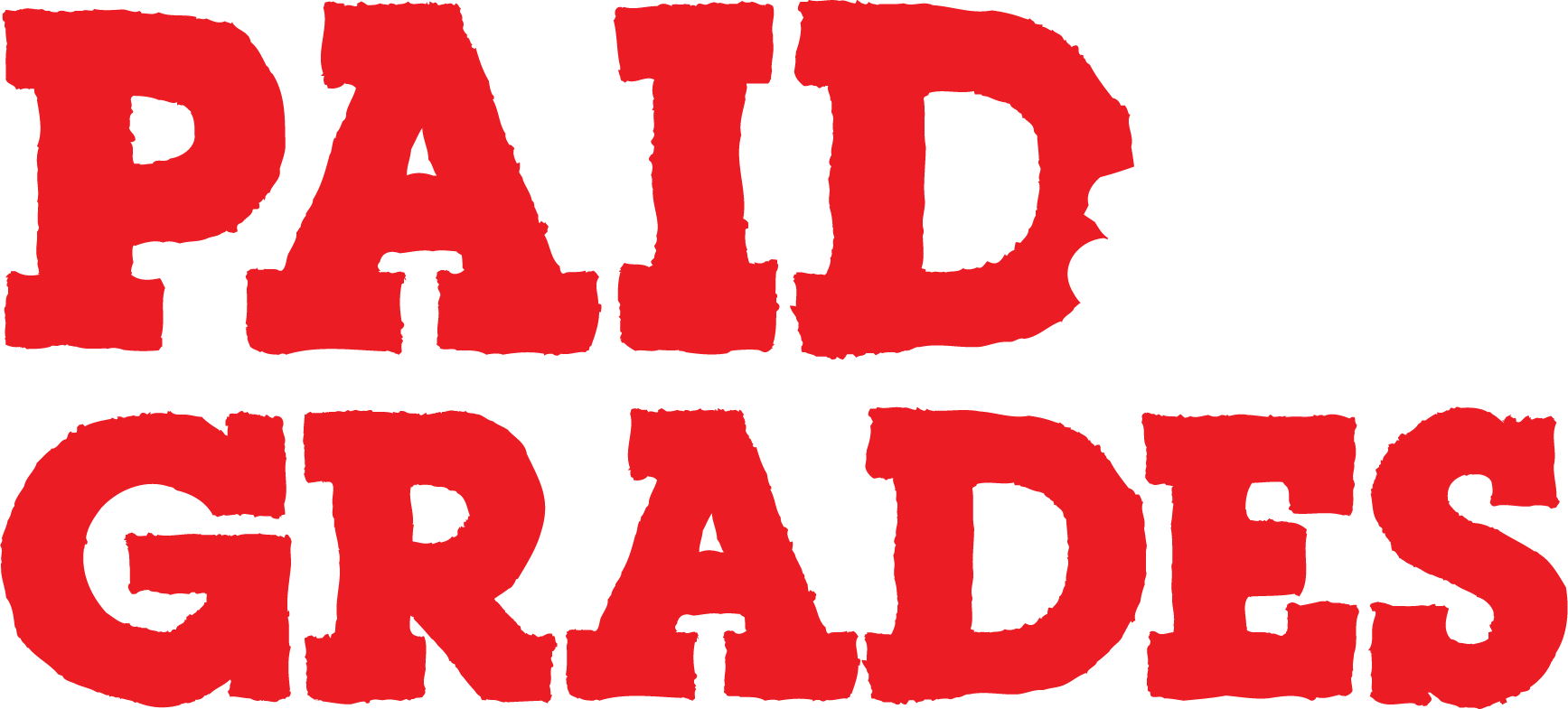Teaching is one of the most demanding professions on earth.
Certainly, given staffing shortages, a global pandemic, and the integration of online learning, the education landscape has changed dramatically over the past two years. It’s no wonder that educators, students, and administrators are so visibly and vocally overwhelmed.
Despite this, if anything else, the last two years have taught us all the importance of schooling for students and families. Equally, it’s illustrated the crucial role teachers play. Having said that, how do we retain passionate, enthusiastic educators that are energized and fulfilled by their roles?
How can we help educators fight burnout? What approaches can we offer that can help improve teachers’ focus, and still find their task rewarding? By that same token, how do we improve student learning and retention without putting undue pressure on teachers or students?
Rethinking the Workflow
One argument that may hold some merit is to rethink traditional teacher-oriented workflows. The traditional method is to allow teachers to take point in every discussion and lesson, doling out details and lessons from a hard-line syllabus.
Teacher-centered workflows are often overwrought with extraneous detail, lead to limited engagement, and are ultimately unsustainable for the long term. Traditional workflows tend to adhere to more oratory teaching styles that often leave students in an auditory loop. They focus on rote lessons rather than fostering student interaction and engagement with the material.
The goal of educators should always be to incentivize the best and most comprehensive learning. It’s also to provide an environment that not only fosters that ideal, but helps encourage its formulation.
One might argue that students should be empowered to be active agents in their own education. This can be accomplished with more student-focused workflows.
Why Student-Led Workflows Might be Better
By developing student-oriented workflows, teachers can formulate strategies that help galvanize students to be more resourceful and actively engage with the content, instead of being passive observers.
In order for students to develop the critical thinking and metacognitive skills they will require throughout adulthood, perhaps shifting workflows might improve upon the traditional approach? If teachers are essentially guiding students through a carefully scripted lesson plan, students are missing out on an opportunity to learn from an personalized, engaged perspective.
Student-centric workflows can turn shy students into active participants. They can encourage bored students to really dig into and think critically about the material, and invite interaction between students and teachers. Student-led workflows can also help teachers achieve a thoughtfully engaged classroom, and alleviate many of the symptoms that can lead to burnout.
If the ultimate goal is to have happy, functional, and successful educational systems, then perhaps a hard look at our methods is in order? How teachers are encouraged to teach is just one area in which improvements can be made for the betterment of all involved.
What do you think about student engagement? Do you think restructuring workflows can help improve the overall teaching experience as well as encourage student betterment?
